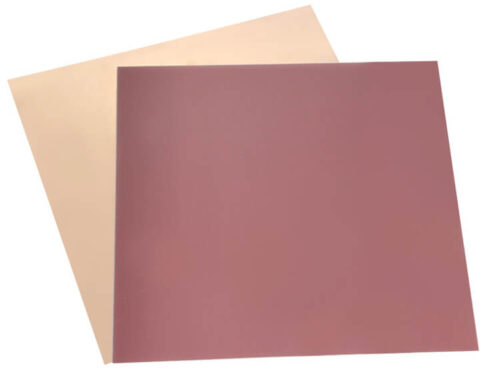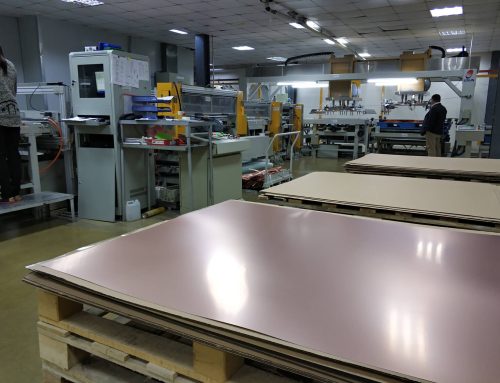Introduction
Copper clad sheets, with their unique combination of copper and substrate materials, have become integral in various modern applications. This article embarks on a journey to explore the diverse characteristics and applications of it, shedding light on their composition, manufacturing processes, and the pivotal role they play in advancing technologies across industries.
1. Unveiling Copper Clad Sheets
Material Composition:
Copper clad sheets are crafted through a lamination process, combining a copper layer with a substrate material such as fiberglass or resin.
The synergy of copper’s conductivity and the substrate’s properties results in a versatile material suitable for a range of applications.
Lamination Precision:
The lamination process involves carefully bonding the copper layer to the substrate, ensuring a strong and uniform connection.
This precision is crucial for achieving the desired electrical and mechanical properties of it.
2. Electrical Conductivity and Signal Integrity
Copper’s Electrical Prowess:
The copper layer in clad sheets brings exceptional electrical conductivity, making them ideal for applications where efficient signal transmission is paramount.
This property is especially crucial in the manufacturing of printed circuit boards (PCBs) and electronic components.
Signal Integrity Assurance:
It contribute to maintaining signal integrity in electronic systems, minimizing signal loss and interference.
Their use in high-frequency applications ensures reliable performance in modern electronic devices.
3. Mechanical Stability and Durability
Substrate’s Mechanical Support:
The substrate material in it provides mechanical stability and support to the copper layer.
This combination results in a material that can withstand mechanical stresses and environmental factors.
Durability in Harsh Environments:
Copper clad sheets exhibit durability, making them suitable for applications in harsh environments.
Their resistance to corrosion and environmental factors enhances the longevity of components in diverse settings.
4. Applications Across Industries
Printed Circuit Boards (PCBs):
Copper clad sheets are a fundamental component in the manufacturing of PCBs, serving as the base material for circuitry.
Their electrical conductivity and stability are critical for the functionality of electronic devices.
Telecommunications Equipment:
In the telecommunications industry, they are used in the production of antennas and other components.
Their electrical properties make them essential for efficient signal transmission in communication systems.
5. Precision Machining and Customization
Machining Capabilities:
Copper clad sheets exhibit good machinability, allowing for precise shaping and customization to meet specific design requirements.
This characteristic enhances their adaptability in various engineering and manufacturing processes.
Fabrication Flexibility:
Fabricators benefit from the flexibility of them in achieving intricate designs and meeting diverse application needs.
This versatility opens up possibilities for incorporating them in a wide array of engineering solutions.
Advancing Technological Frontiers
As we navigate the world of them, it becomes evident that these materials are not mere components but enablers of technological excellence. From PCBs to telecommunications equipment, they play a pivotal role in the advancement of modern applications. In a world that demands materials with a harmonious blend of electrical conductivity and mechanical stability, copper clad sheets clad in excellence emerge as a foundational force, contributing to the seamless integration of technology into our daily lives.
More:


